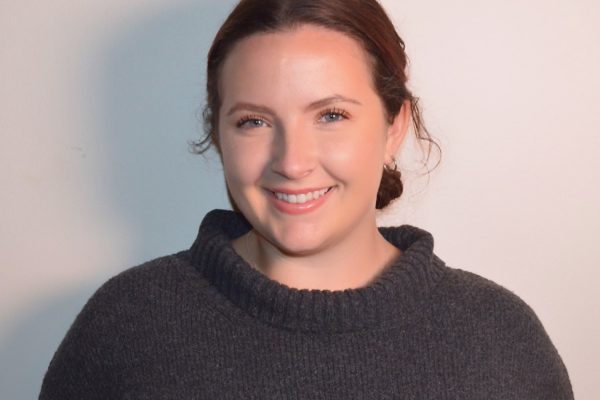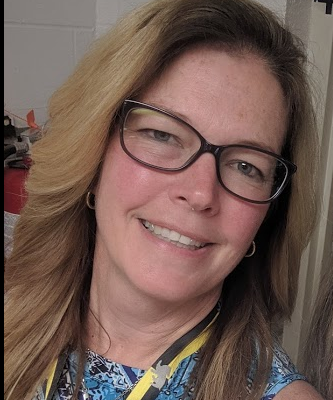By Rayna Freedman
Who should be at the center of gravity in the classroom? The teacher or the student? In the old education models it was the teacher, but in the 21st century classroom the teacher needs to let go of control and put students in control of their own learning. Often teachers struggle with how to teach students to research especially in the elementary grades. They end up assigning students a research project on biographies or animals; however, in 2000 I decided my third graders could choose their own research question. I felt they would learn to love research if they chose their own question rather than having it assigned. I would trudge to the public library and get a book for each chosen topic. Times have certainly changed and technology has allowed students to explore their research questions in deeper, more meaningful ways.
I recently read an article by Catlin Tucker, featured Keynote speaker on October 21 at the MassCUE fall conference, called “More Than A Google Search.” She talks about the importance of teaching her 9th graders research skills. She described many of the things I have taught third, fourth and fifth graders, causing me to reflect on the importance of starting to teach young students search skills at an early age. Using BrainPOP as a resource, we watch videos and hold class discussions on Internet searching, online safety, online sources, citing sources, digital etiquette, and plagiarism. On the SMARTboard I take the time to show students how to do an online search. We talk about using Boolean operators to limit our searches, power of key words, citing sources, the credibility of the URLs we are viewing (.gov, .org, .edu, .com), and how certain sources like Wikipedia are not trusted sources of information but can be used for fabulous images to support our research.
Armed with search skills, the learners set to work on a student designed research project called the Why Files. Catlin says, “The beauty of a student-designed research question is that it will lead to a more meaningful research project because students are able to focus on a topic that interests them. Asking good questions is a hard skill to master. But it is absolutely necessary to lifelong learning.” Children need experiences that give them real world exposure. They benefit from inquiry-based learning that requires them to access a variety of skills and strategies, and they need to be in charge of their own learning to develop a love of research.
Students begin their work with fierce wonderings. They are asked to think about big questions that they do not know the answers to. We form PLCs in the classroom based on questions being asked. Students then develop topics based on their initial question, and then form higher-level questions about their topic. Examples of things students wonder about are ‘What happens after a star explodes? What are the differences between white and brown sugar? Why do pigs live in mud? What happens if two different types of blood mix together? Why should we study genetics? What are the threats to the rainforest?’. In those questions alone I see future veterinarians, doctors, scientists, engineers, teachers, and astronomers! Students fill out a project planning template which asks them to make some decisions about their research, think about their audience, the author’s purpose, and set goals. They complete an Internet Data Sheet which asks them to write down the search engine, key words used, and title of web page to assist them when they have to cite their sources. They learn to take notes using the CHoMP method and create multimedia presentations of their research collaboratively in the Google Drive with their PLC. As Catlin says these “students were no longer consumers of information, but were also generators of information.”
My challenge to elementary teachers is to get students asking questions and answering them. John Dewey described the old education as an approach in which “the center of gravity is outside the child. It is in the teacher, the textbook, anywhere and everywhere you please except the immediate instincts and activities of the child himself.” It is time to place the students in the center of gravity and have their interests and purposes as a point of departure. I can promise you it is a lot more fun orbiting their universe than being at the center.
About the Author: Rayna Freedman is beginning her 16th year at the Jordan/Jackson Elementary School in Mansfield, MA. She has taught grades 3-5 and is an ITS. She is also embarking on her doctorate through Northeastern as she hopes to change the field of education some day. Rayna is a member of the MassCUE Board of Directors and has been presenting at the annual conference since 2010. She serves on the DESE Digital Literacy and Computer Science Standards Panel and was the North Attleboro Chamber of Commerce Teacher of the Year in 2011.
For more articles by Ms. Freedman, she is published in Early Childhood Education Today 12th and 13th edition, Building Teachers: A Constructivist Approach to Introducing Education 2nd edition, and Fundamentals of Early Childhood Education 7th edition.
 Print this post
Print this post





